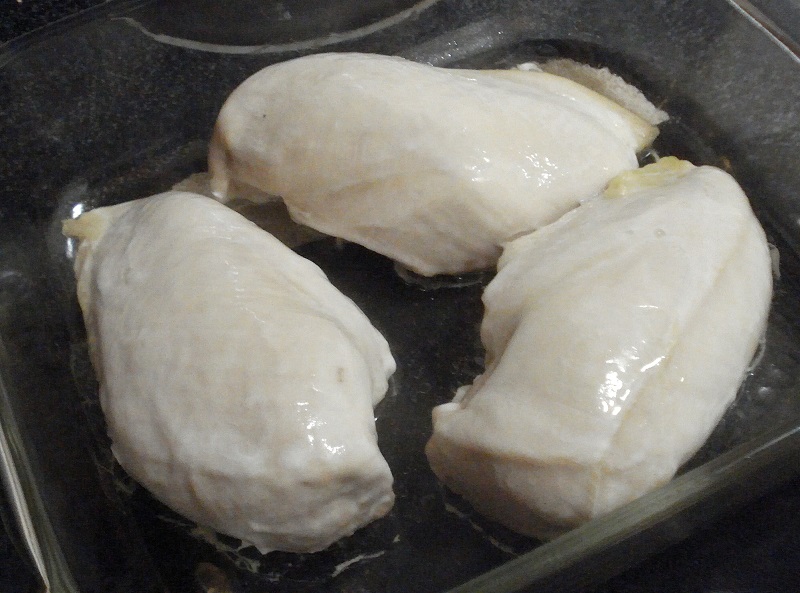My dad for the most part gets going his curries by broiling a mix of cinnamon, cardamom, coriander, anise, cumin and straight leaves. Then, at that point, he joins the onions, garlic and ginger – and afterward tomatoes and chilies and a hint of cream.
The North Indian food I grew up eating is tied in with merging together unmistakable, dissimilar flavors and developing endless supply of zest and preparing. Quite a bit of European cooking, paradoxically, is tied in with consolidating integral flavors – think potatoes with leeks, or scallops with white wine.
A new report attempted to clarify the separation in Eastern and Western culinary way of thinking through a few clever information crunching. Analysts from the Indian Institute for Technology in Jodhpur looked into the fixing records for in excess of 2,000 Indian plans. They then, at that point, broke down the synthetic parts of these fixings, checking out the mixtures that, when joined, give food sources their taste.
They presumed that what makes Indian food so stunning is its inclination to unite heaps of various fixings with flavor particles that don’t cover.
That is very unique in relation to how Western cooking functions – past examination has shown that it depends on matching fixings that, at the atomic level, share loads of comparative flavor compounds. While some have applauded the new examination for uncovering the key to why Indian food is so delightful, this thought of layering many differentiating flavors and flavors isn’t exceptional to Indian cooking.
Truth be told, a large portion of the world’s cooking styles will quite often follow that standard. What’s more up until the mid-1600s, European cooking was the same way.
In archaic Europe, the individuals who could bear to do as such would liberally prepare their stews with saffron, cinnamon, cloves and ginger. Sugar was omnipresent in exquisite dishes. Also haute European food, until the mid-1600s, was characterized by its utilization of intricate, differentiating flavors.
The response, it ends up, has similarly as with financial aspects, governmental issues and religion as it tastes.
Haute Cuisine And The Price Of Pepper
Back in the Middle Ages, flavors were truly costly, which implied that main the high society could bear the cost of them. However, things began to change as Europeans started colonizing portions of India and the Americas. Flavors start to fill Europe. What used to be costly and restrictive became normal.
Serving luxuriously flavored stews was presently not a superficial point of interest for Europe’s most well off families – even the working classes could bear to brighten up their grub. So the first class pulled back from the expanding fame of flavors. They continued on to a stylish hypothesis of taste. Rather than implanting food with zest, they made statements should possess a flavor like themselves. Meat should have an aftertaste like meat, and anything you add just serves to increase the current flavors.
The shift started in France, during the 1600s. It was an approach to likewise flaunt the abundance of the French areas.
The remainder of Europe before long embraced this recent trend.
A Philosophical Shift
European thoughts regarding diet and medication started changing in the seventeenth century also.
In the Middle Ages and in days of yore, Europe had a hypothesis of humors that was like clinical way of thinking in India.
The two Indians and Europeans accepted that specific energies flowing inside the body impacted both general wellbeing and mind-set. Also by eating the right food varieties, individuals accepted that they could adjust these real energies.
With the ascent of Protestantism in Europe came another hypothesis: that absorption involves maturing food. Presently the hypothesis was that you need to eat things like new vegetables and greens, and new spices that can be quickly absorbed in the body since they mature effectively.
With this better approach for thinking, flavors lost their therapeutic worth. It isn’t so much that Europeans dismissed delightful fixings through and through, it’s simply that they started utilizing an alternate arrangement of fixings.
What’s more there was another shift, there was a change in the idea of sauces.
Indian sauces and many sauces on the planet are fundamentally purees with flavors and flavors. In Europe, they head toward sauces that depend on meat stock.
For Indian and Asian gourmet specialists, the sauce or curry was the star. In India, Jains and numerous Hindus don’t eat meat. Furthermore as a general rule, most Indians accepted that meat was messy and inelegant, so the objective was, to some degree, to conceal the meatiness of meat by completely mixing it with flavor.
In Europe, meat was viewed as the manliest, most grounded part of a supper, and culinary specialists needed it to sparkle. So they started cooking meat in meat-based sauces, to heighten its flavor.
Why people eat Unseasoned Food?

There’s bunches of reasons. It relies an incredible arrangement upon the unique situation.
Some people eat a few new vegetables crude and unseasoned, similar to watermelon. They need to taste the watermelon unmodified and there’s a sure exceptionalness about eating an organic product or vegetable that just fell off the plant under a day prior and under a pretty far. At times these things come right out of their nursery.
Certain individuals have clinical issues like hypertension that expect them to scale back salt. Food without salt can have a great deal of different flavors and still not taste prepared.
More established individuals can lose all feeling of taste. There’s no reason for preparing your food when you can’t taste the flavoring at any rate.
Certain individuals are utilized to significantly less flavoring than you are. So they put a wonderful measure of preparing to them, serve it to you, and you can’t taste it. Certain individuals are exceptionally touchy to pungency and certain individuals are extremely delicate to fieriness. Garlic can taste exceptionally hot to those individuals.
Certain individuals like prepared food yet don’t have the foggiest idea what flavors are great for specific food sources, so they avoid the flavoring and endure the outcomes.
British food — bland
Jellied Eel is a dish that was created because of the extreme contamination in the Thames River; eels were the main fish that could endure the contamination and Londoners developed this dish at some point during the Industrial Revolution. The jellied eel is a clear as crystal dish that stores eel tissue in a jellied structure and is eaten cold.
The toast sandwich is another dish that makes individuals question British cooking. It is in a real sense a toasted bread in the middle of two cuts of bread. Here and there the toast would get toasted with margarine, salt, pepper, and cumin to taste. The toast sandwich is accepted to be an aftereffect of the Industrial Revolution when laborers required a speedy supper to stack up on carbs.
As one of the most evolved and powerful nations in the world, and culinary stars like Gordon Ramsey and Jamie Oliver, it is a disgrace that Britain actually keeps a standing for terrible food. Nonetheless, chronicled and pre-authentic reasons legitimize their cooking styles. Certain occasions like the Puritan Revolution and the Industrial transformation added to tasteless and exhausting food sources just as the miserable and eccentric environment. Regardless of British food being a fool for individuals to ridicule, it would not be simply to fault the Brits for authentic impacts that they didn’t have command over.







